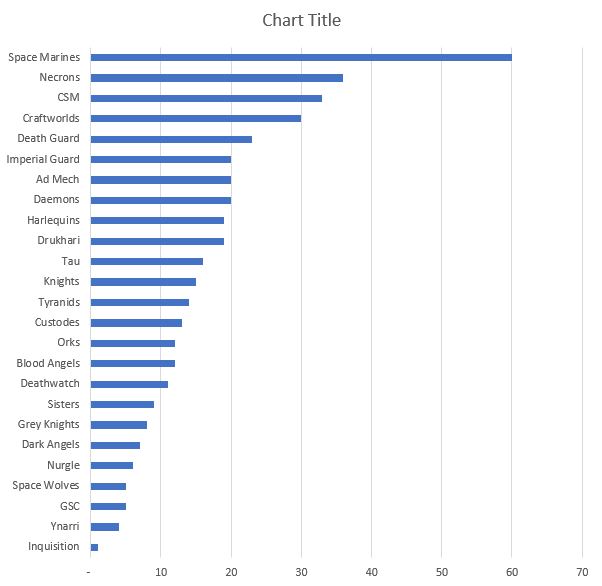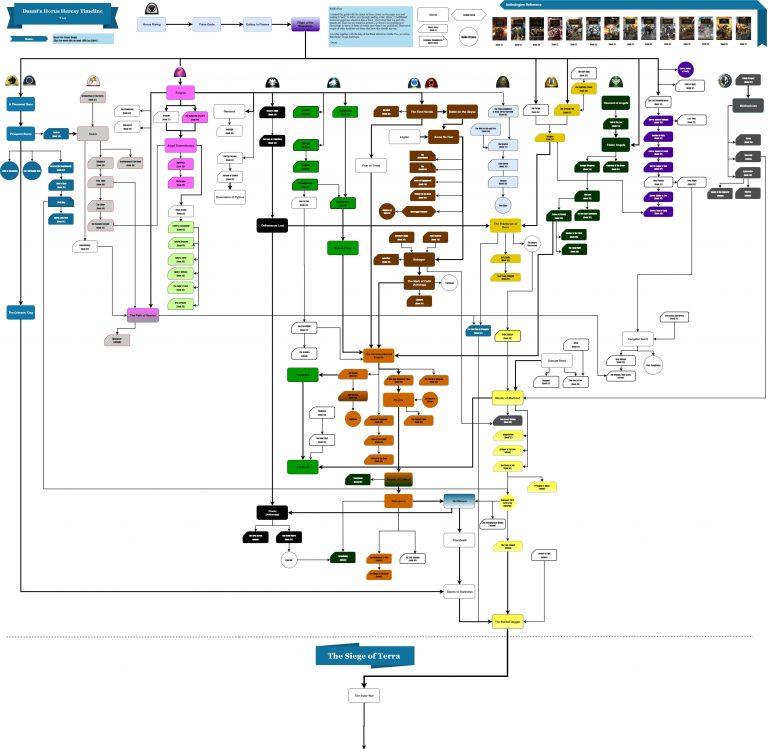How Many Pages Is 300000 Words?
Ever wondered how many pages 300,000 words would fill? Well, buckle up because I’m about to spill the tea on this literary puzzle! Whether you’re a writer curious about the length of your magnum opus or just a curious soul with a thirst for knowledge, I’ve got you covered. So, grab your favorite beverage, sit back, and let’s dive into the world of word counts and page numbers!
Now, let’s address the elephant in the room – 300,000 words is no small feat. It’s like embarking on an epic adventure, traversing vast literary landscapes, and immersing yourself in a sprawling tale. But when it comes to translating those words into physical pages, the answer isn’t as straightforward as one might think. The exact number of pages can vary depending on several factors, such as font size, spacing, and formatting. However, as a general rule of thumb, a 300,000-word manuscript typically ranges from 1,000 to 1,200 pages when printed in a standard 6×9 inch paperback format. Yep, that’s a whole lot of pages to flip through!
So, if you’ve got a novel or a dissertation that’s bursting with 300,000 words, get ready to embark on a literary journey of grand proportions. And remember, the number of pages may vary depending on the specific publishing guidelines and formatting choices you make. But hey, don’t let the page count intimidate you! Think of it as an opportunity to create a captivating world that readers won’t want to put down. So, go forth and let your words flow, my fellow wordsmiths!

How Many Pages is 300000 Words?
300,000 words is a substantial amount of text. The number of pages it would fill depends on various factors, such as font size, line spacing, and margin width. However, to give you a rough estimate, we can consider the standard parameters used in the publishing industry.
In the publishing industry, it is generally accepted that a page contains around 250 to 300 words. Based on this guideline, 300,000 words would fill approximately 1,000 to 1,200 pages. Keep in mind that this estimate may vary depending on the specific formatting requirements of your document. Now that we have a general idea of the number of pages, let’s explore this topic further.
Factors Affecting Page Count
The number of pages that 300,000 words would fill can vary depending on several factors. These include:
1. Font Size and Style: Different fonts have varying sizes, and some take up more space than others. For example, a document written in a larger font size, such as 14 or 16 points, will likely have fewer words per page compared to a document with a smaller font size like 10 or 12 points.
2. Line Spacing: The spacing between lines also affects the page count. Single spacing will result in more words per page, while double spacing will increase the number of pages required.
3. Margin Width: The width of the margins on a page can impact the number of words that can fit. A narrower margin will allow for more text per page, while a wider margin will reduce the number of words per page.
4. Formatting Elements: Additional formatting elements such as headers, footers, tables, and images can also affect the page count. These elements take up space and can reduce the total number of words that fit on a page.
It’s important to note that these factors are not fixed and can be adjusted according to the specific requirements of your document. Now, let’s delve into a comparison table to further understand the relationship between word count and page count.
Comparison Table: Word Count vs. Page Count
To provide a clearer insight into the relationship between word count and page count, let’s take a look at the following comparison table:
| Word Count | Page Count (Approximate) |
|---|---|
| 300,000 | 1,000 – 1,200 |
| 250,000 | 833 – 1,000 |
| 400,000 | 1,333 – 1,600 |
Please keep in mind that these page counts are estimates based on the standard parameters used in the publishing industry. Actual page counts may vary depending on the factors mentioned earlier.
Factors to Consider
When determining the number of pages for a specific word count, it’s crucial to consider your target audience and the purpose of your document. Here are a few factors to consider:
1. Readability: The readability of your document is essential for engaging your audience. Consider using an appropriate font size and line spacing to ensure that your content is easily readable.
2. Formatting Guidelines: If your document needs to adhere to specific formatting guidelines, such as academic papers or manuscripts, it’s crucial to follow those guidelines to meet the required page count.
3. Editing and Proofreading: Keep in mind that during the editing and proofreading process, the word count may change. This may affect the final page count of your document.
Conclusion
In conclusion, the number of pages that 300,000 words would fill depends on various factors such as font size, line spacing, and margin width. While a general estimate suggests it would fill approximately 1,000 to 1,200 pages, it’s important to consider the specific requirements and formatting guidelines of your document. Remember to prioritize readability and adhere to any guidelines provided to ensure that your content is well-presented and accessible to your audience.
Key Takeaways: How many pages is 300,000 words?
- On average, 300,000 words would fill about 600 pages in a standard book format.
- This estimate can vary depending on factors like font size, spacing, and margin width.
- It’s important to note that word count alone doesn’t determine the number of pages.
- For academic papers or manuscripts, the word count can be higher due to different formatting guidelines.
- When writing, focus on quality over quantity, as the number of pages may not always reflect the true value of the content.
Frequently Asked Questions
Here are some frequently asked questions regarding the number of pages for 300,000 words:
Question 1: How many pages is 300,000 words?
When it comes to determining the number of pages for a specific word count like 300,000 words, several factors come into play. The average number of words per page can vary depending on the font size, line spacing, and margins used. However, as a general estimate, a 300,000-word document would typically span around 600 to 700 pages.
It’s important to note that this estimation is not set in stone and can vary. If you’re working on a specific project, it’s always a good idea to consult the formatting guidelines or requirements provided by your intended audience or publisher for a more accurate page count.
Question 2: Does the type of document affect the number of pages?
Yes, the type of document can have an impact on the number of pages for a given word count. For example, if you’re working on a novel manuscript, the pages may have larger margins and line spacing compared to a scientific research paper. This can result in a higher word count per page for the latter, causing the overall page count to be lower.
Additionally, the inclusion of images, tables, or other visual elements can also affect the page count. These elements take up space and may require additional pages to accommodate them. Therefore, it’s essential to consider the nature of your document and its specific formatting requirements when estimating the number of pages.
Question 3: What font size and spacing should be considered for the page count?
The font size and spacing used in a document can significantly impact the number of words per page. Typically, a standard font size of 12 points and a line spacing of 1.5 or double spacing are commonly used for academic and professional documents.
However, it’s worth noting that different font styles and sizes can affect the overall page count. For instance, using a larger font size or wider spacing will result in fewer words per page, thus increasing the total number of pages for a given word count.
Question 4: Are there any online tools available to calculate the page count?
Yes, there are several online tools and resources available that can help you estimate the number of pages for a specific word count. These tools consider various factors such as font size, line spacing, and margins to provide a more accurate page count.
Some popular online tools include WordCounter, Easy Word Count, and Word to Pages. These tools allow you to input your word count and adjust the formatting parameters to get an estimate of the corresponding page count for your document.
Question 5: Can the page count vary based on the publication or printing method?
Yes, the page count can vary based on the publication or printing method used. Different publishing platforms or printing methods may have specific requirements or formatting guidelines that can impact the final page count.
For example, if you’re planning to self-publish a book, the publishing platform may have specific page size, margin, and font guidelines that can affect the overall page count. Similarly, if you’re printing a document using a specific printing method, such as offset printing, the page count may need to be adjusted to accommodate the printing process.
What Is the Estimated Word Count on a Page?
Final Summary: How Many Pages is 300,000 Words?
So, you’ve got a whopping 300,000 words to work with, and you’re wondering just how many pages that will fill. Well, the answer is not as straightforward as you might think. It depends on a few factors, such as font size, line spacing, and margins. However, on average, a single-spaced document with standard margins and font size will be around 600-700 words per page. So, if we do some quick math, 300,000 words would roughly equate to around 428-500 pages.
But keep in mind that this estimate is just a general guideline. The actual page count can vary depending on the specific formatting choices you make. If you opt for double spacing, larger margins, or a different font size, the number of pages will change accordingly. So, when considering how many pages your 300,000-word document will fill, make sure to take these factors into account and adjust your expectations accordingly.






